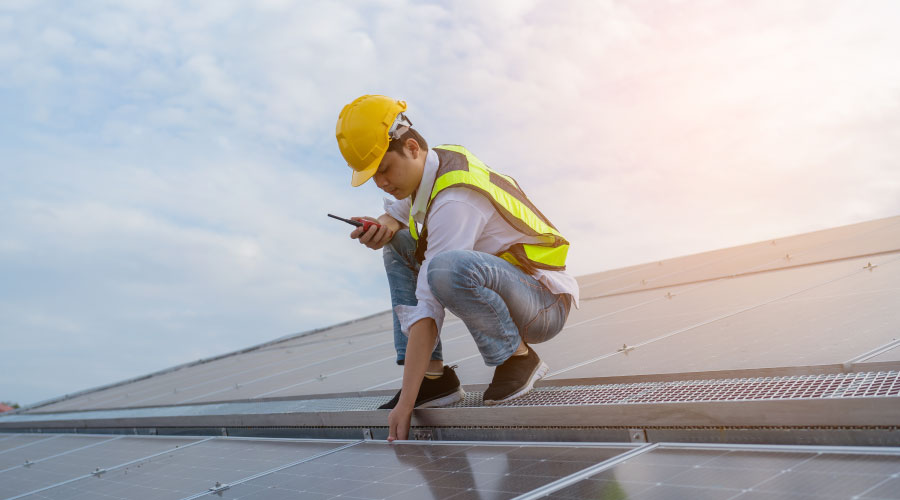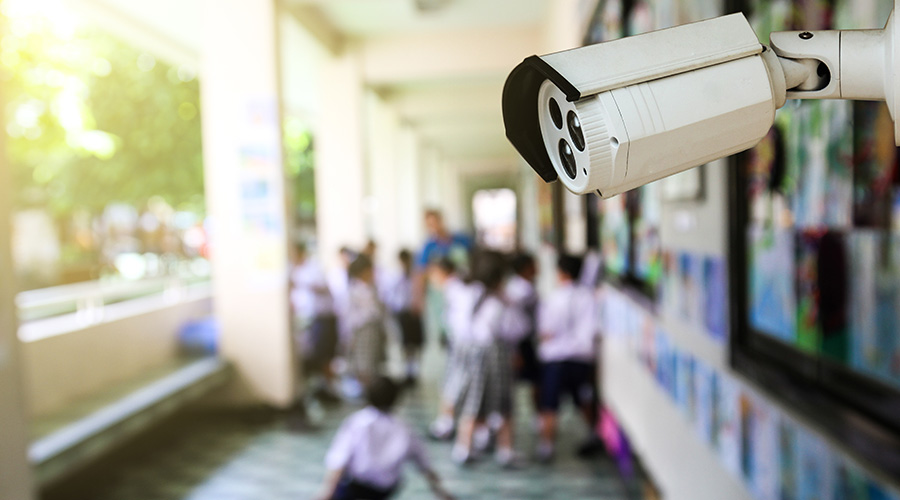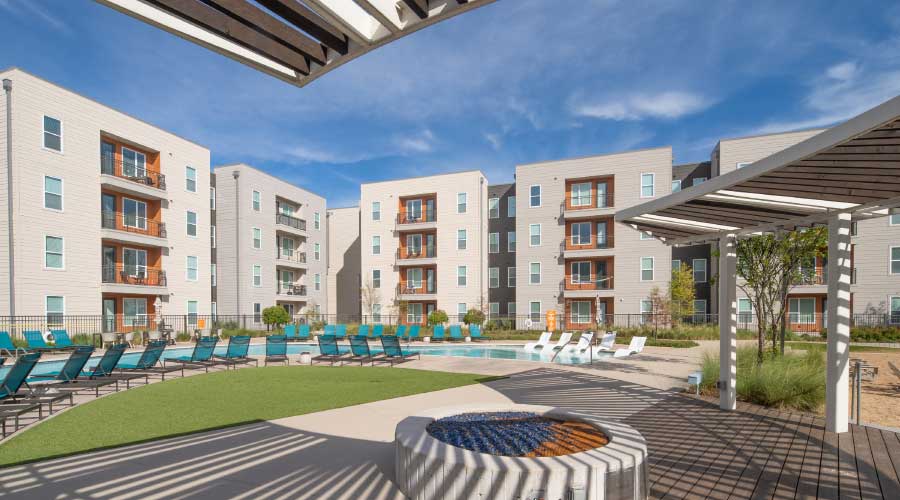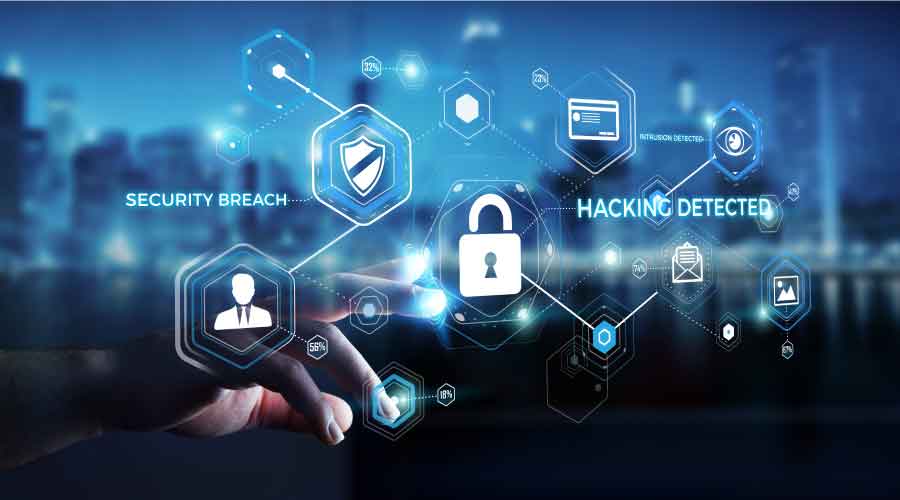Planning Upgrades that Work
Managers’ involvement in security systems, from design through installation, can produce systems that effectively protect facilities
The world has changed dramatically over the past 10 years, and institutional and commercial facilities have changed with it. Ten years ago, the area of building security was little more than an afterthought in most building design processes, except in special circumstances.
Today, however, security is a major concern for those who design, manage, operate and occupy buildings. Security systems now occupy a prominent position in the process of designing buildings.
New security measures for buildings cover a wide spectrum.
Some measures are designed to prevent access to a building by those who are unauthorized or who intend to do harm. Other measures are designed to help protect the building and its occupants from an outside danger, such as an explosion. Even designs for HVAC system have been modified to help protect the occupants against chemical, biological and radiological contamination.
In any type of building, installing these security measures can present a significant challenge to maintenance and engineering managers. In retrofitting existing facilities, these measures can be especially overwhelming, often due to limitations imposed by the building design.
Unless maintenance and engineering managers play an active role from the beginning in the design and installation of new security systems, their organizations risk spending very large sums of money without achieving the desired goal of improved security.
Even worse, the systems and components they install can interfere with the daily operations of the facility. The result of such situations will be lost productivity, frustrated building occupants, and bypassed security systems.
Many of these problems are the direct result of a lack of understanding on the part of building owners, design professionals, and security-system specialists concerning the realities of they way buildings operate. Managers are in a unique position to provide that information.
Clear Communications
The key to successfully upgrading a security system lies is clear communication between all parties involved in the project. In most cases, an organization hires a security consultant to oversee the system’s design and installation.
Managers must put themselves in a position to communicate frequently with both building tenants and the consultant to ensure that the system design suits the facility’s needs and, just as importantly, to see that the system is installed so that it can be maintained.
This communication must start at the project’s initiation. Managers who wait until the system’s design is essentially complete to review it are too late. Any changes proposed at that time will meet resistance and are likely to be ignored.
One of the most important roles managers will play during this entire process is to serve as a reality check for project proposals. Security-system upgrades involve the installation of many pieces of equipment and the cabling necessary to support it. These processes are particularly challenging in older facilities.
Without a manager’s involvement, system designers and installers tend to place equipment where it is most convenient for them, not for those who will have to maintain and modify the system over its service life.
The knowledge of the facility and its operations that managers bring to the process can give security consultants the information they need to configure the system to the specific needs of the building, as well as its occupants and operations. Their involvement also will help ensure that the system is neither generic nor overdesigned, with features that either are not used or that will interfere with daily operations.
Common Trouble Spots
While managers’ involvement in all system designs is important, it is particularly critical when retrofitting systems to an existing building. In most cases, the existing building was not designed with a focus on security. For example:
- Buildings often have multiple, difficult to secure entry points.
- Space necessary to house security system components is scarce.
- The environmental conditions in those spaces is not suitable to house the equipment.
- The building’s electrical system doesn’t have sufficient capacity in the area selected for the equipment.
- The quality of the electrical power in the building often interfere with equipment operation.
- Additional HVAC systems often is required to properly condition the air in the space chosen to house the equipment.
- Conduit for security system cabling is scarce or doesn’t exist.
In protecting the perimeter of the building, it is important that managers help achieve a balance between security and functionality. For example, it is a common practice to place concrete bollards, large planters and other barricades near building entrances to prevent bomb-carrying vehicles from gaining access to the building interior. But if these barricades are not properly engineered with an understanding of the way the entrances are used and the pattern of traffic through the entrances, they can interfere with operations. Even worse, designers can place too much attention on the main pedestrian entrances while overlooking loading docks and other services entrances.
Another common measure designers use to protect a building’s perimeter is to plant vegetation to limit access to certain areas, such as ground-floor windows. But depending on the type of vegetation selected and the way it is planted, it might increase maintenance requirements. This tactic also can hamper maintenance of the building’s exterior.
Only those who are involved with the maintenance of the building’s exterior components on a daily basis can determine the most effective way to use vegetation to enhance security without interfering with daily operations.
One of the most difficult tasks in upgrading an existing building’s security is protecting HVAC systems. These systems offer one of the best — and most accessible — means for distributing chemical, biological, and radiological contaminants within the building.
For example, outdoor-air intakes to these systems are often located in easily accessible areas. Relocating these air intakes is a challenge that managers cannot ignore.
Managers also cannot overlook the building’s electrical supply when considering building security upgrades. Any disruption to the supply will shut down operations throughout the building.
Managers can assist in identifying critical operations within the facility and measures that designers can use to provide electrical power to them in the event of a disruption in the building’s electrical supply.
Staying Involved
It is not enough for managers to simply identify steps to take to improve building security. They must continue to stay involved throughout the process, from conception through completion.
Projects involving security-system installations are similar to any other building construction or renovation project. Cost overruns will occur, and pressure will mount to reduce the scope of the project in order to meet the budget.
Project cuts and modifications are inevitable, but it is important that managers stay involved in the process to ensure that those cuts do not reduce the effectiveness of the system or make it more difficult to maintain.
James Piper, P.E., is a national consultant based in Bowie, Md., with more than 25 years of experience in facilities maintenance and management issues.
Related Topics:











